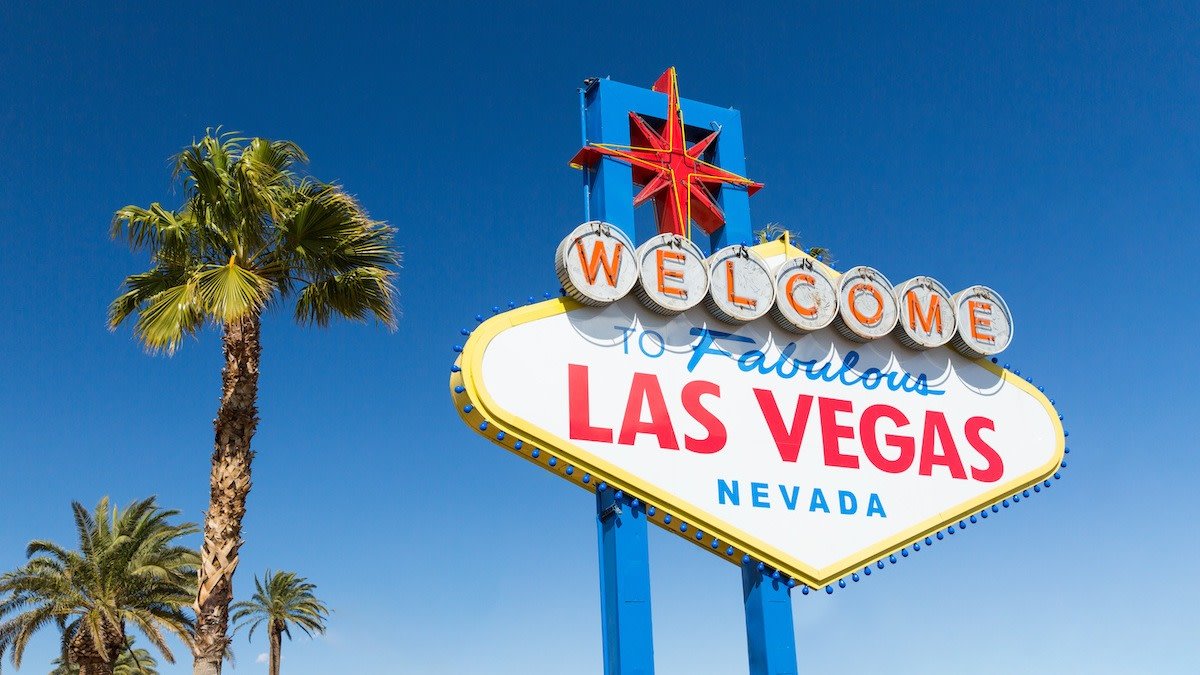Googie architecture… no, that’s not a typo
Courtesy of LA Conservancy
Googie architecture… no, that’s not a typo
by Sweiskloss Staff
June 13, 2024
by Sweiskloss Staff
June 13, 2024
Ed Ruscha’s Norm’s, Photo courtesy of Artsy
Photo by Todd Lapin, courtesy of Smithsonian Magazine
Photo courtesy of LA Conservancy
Photo courtesy of Youtube
Photo courtesy of Architectuul
Photo Courtesy of LA Conservancy
Photo courtesy of Masterclass








